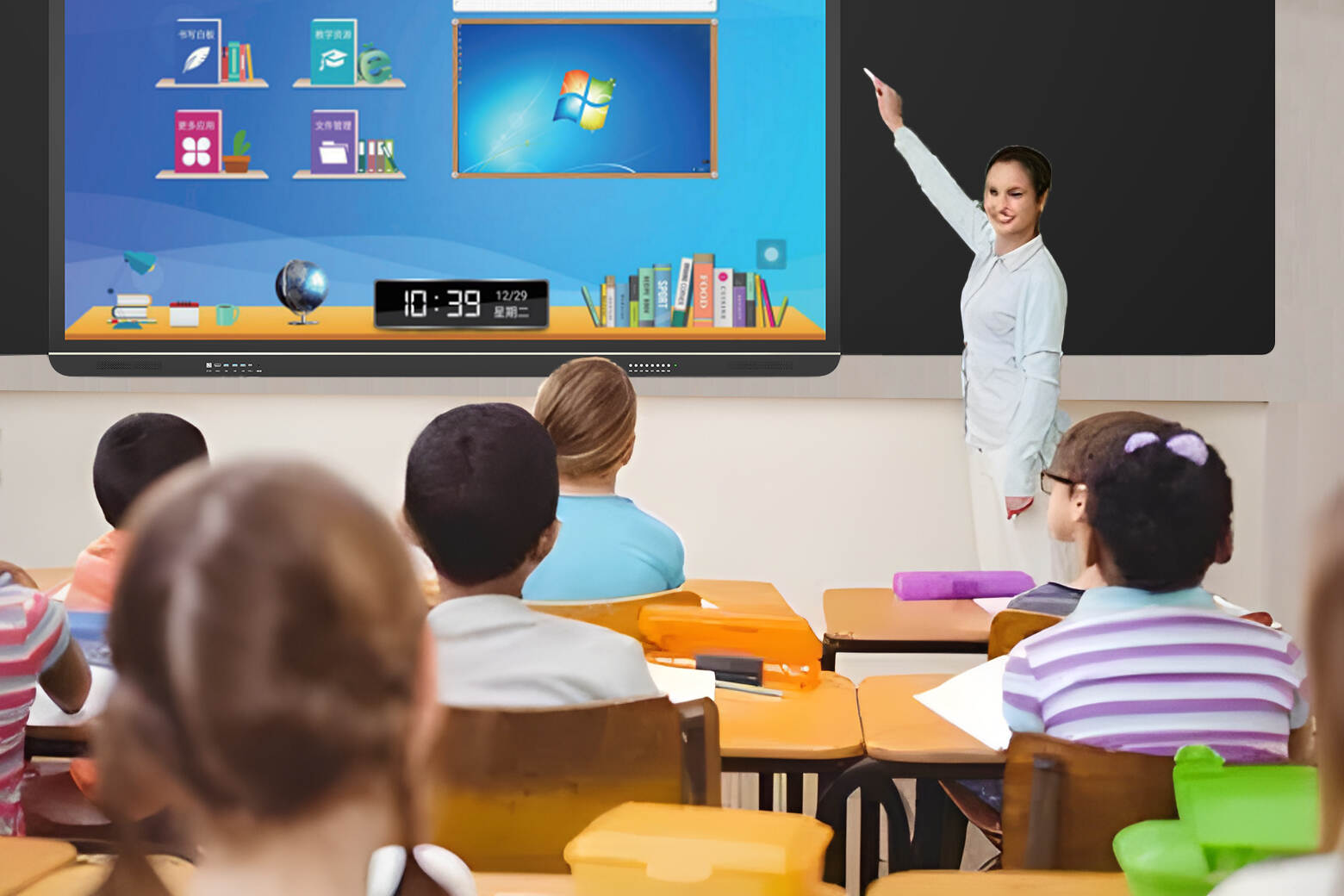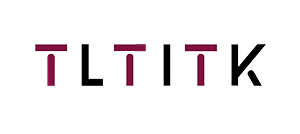Email format error
Email cannot be empty
Email already exists
6-20 characters(letters plus numbers only)
The password is inconsistent
Email format error
Email cannot be empty
Email does not exist
6-20 characters(letters plus numbers only)
The password is inconsistent

News
Here, you can describe a piece of text you want to express

How Interactive Teaching Machines Enhance Classroom Experience and Learning Outcomes
In today’s fast-paced educational environment, technology is playing a pivotal role in shaping the way we teach and learn. One of the most transformative tools emerging in modern classrooms is the Interactive Teaching Machine (ITM), also known as the smart classroom system. These advanced systems combine various forms of technology, such as touchscreens, multimedia presentations, and collaborative tools, to create dynamic and engaging learning experiences. Let’s dive into how interactive teaching machines are enhancing both classroom experience and learning outcomes for students and educators alike.
1. Engaging and Interactive Learning
One of the most significant benefits of ITMs is their ability to create an engaging, interactive environment that captures students' attention. Traditional classrooms often rely on static methods like chalkboards and textbooks, which can fail to maintain students’ interest. In contrast, interactive teaching machines allow teachers to integrate multimedia elements such as videos, animations, and real-time data, making lessons more visually stimulating and easier to understand.
For example, complex scientific concepts can be illustrated through 3D simulations, historical events can be brought to life with immersive videos, and mathematical problems can be solved interactively. These interactive features not only make learning more fun but also help students grasp abstract concepts more effectively, leading to a deeper understanding.
2. Personalized Learning
Every student has a unique learning style, and interactive teaching machines are designed to cater to these differences. ITMs offer customizable features that allow teachers to adapt lessons according to each student’s needs. Whether it's adjusting the difficulty level of tasks, providing additional resources for struggling learners, or offering enrichment activities for advanced students, these systems enable a personalized approach that ensures all students can learn at their own pace.
With built-in analytics and real-time feedback, teachers can track student progress, identify areas where students are excelling or struggling, and adjust their teaching strategies accordingly. This level of personalization helps students feel more supported, boosting their confidence and motivation to succeed.
3. Collaborative Learning
Interactive teaching machines promote collaborative learning, an essential aspect of modern education. ITMs typically feature tools that allow students to work together on projects, share ideas, and solve problems as a group. This fosters teamwork, communication, and critical thinking—skills that are crucial for success in the 21st century.
For instance, students can collaborate on digital whiteboards, engage in real-time discussions through chat features, or participate in online quizzes and games that challenge them to think critically and problem-solve together. Collaborative learning not only strengthens academic knowledge but also encourages social interaction, which is key to developing emotional intelligence and building strong interpersonal skills.
4. Instant Feedback and Assessment
In traditional classrooms, feedback is often delayed, with teachers needing time to grade assignments and tests. Interactive teaching machines, however, provide instant feedback, allowing students to understand where they went wrong and how to improve right away. This is particularly valuable in subjects like mathematics, where immediate correction of mistakes is crucial for learning.
Moreover, ITMs enable real-time assessments, where teachers can quickly gauge students' understanding through quizzes, polls, and interactive tasks. This ongoing assessment helps teachers to identify knowledge gaps and adjust their teaching methods before students fall behind, ensuring that no student is left behind.
5. Enhanced Teacher Efficiency
With interactive teaching machines, teachers can save valuable time that would otherwise be spent on administrative tasks like grading, preparing materials, and organizing lessons. These systems often come with pre-designed lesson plans, educational resources, and automated grading tools, which streamline the teaching process and allow educators to focus more on student engagement and individualized instruction.
In addition, ITMs make it easier for teachers to track students' academic performance, communicate with parents, and share resources. With integrated cloud platforms and data storage, teachers can access lesson materials and student records from anywhere, at any time, making teaching more flexible and efficient.
6. Promoting Digital Literacy
In today’s digital age, digital literacy is just as important as traditional academic skills. By using interactive teaching machines, students gain hands-on experience with technology, preparing them for the future workforce. These tools teach students how to interact with digital media, conduct research online, and use various educational apps and platforms—skills that will serve them in any career.
Moreover, students are becoming more adept at navigating digital environments, solving technical problems, and utilizing online collaboration tools—abilities that will be increasingly in demand as they enter the workforce.
7. Environmentally Friendly and Cost-Effective
While interactive teaching machines may seem like a hefty investment initially, they can save money in the long run. With digital textbooks, online resources, and paperless grading, schools can reduce their reliance on printed materials, cutting down on paper costs and contributing to a more sustainable learning environment.
Furthermore, ITMs can integrate with other digital learning tools, reducing the need for separate devices and resources. This consolidated system can make educational tools more accessible to schools with limited budgets, ensuring that every student has access to the same high-quality resources, regardless of their socioeconomic background.
Conclusion: Shaping the Future of Education
Interactive teaching machines are revolutionizing the way we approach education. They are creating more engaging, personalized, and collaborative learning experiences that empower both students and teachers. By embracing this technology, educators can foster a more dynamic classroom environment, improve student outcomes, and equip learners with the skills they need for the future.

